Seborrheic keratosis is a benign skin condition characterized by non-cancerous growths that can appear on various parts of the body. While these growths are generally harmless, many individuals seek Seborrheic Keratosis Treatment In Abu Dhabi for cosmetic reasons or due to discomfort. Following your treatment, it’s essential to know what to expect during your recovery phase and how your skin will respond. This article will explore your post-treatment expectations, enhancing your understanding of the process and reassuring you along the way.
What is Seborrheic Keratosis?
Seborrheic keratosis manifests as raised, often scaly brown, black, or tan lesions on the skin. They typically appear in older adults and can vary in size and presentation. While seborrheic keratosis is not contagious and poses no health threat, many choose to remove these growths for aesthetic reasons or if they become irritated.
Common Characteristics of Seborrheic Keratosis
- Appearance: Often resembles warts, though they can be more irregular in texture and color.
- Texture: Ranges from rough and scaly to smooth.
- Location: Commonly found on the face, chest, back, and scalp.
Understanding these characteristics helps in recognizing seborrheic keratosis, ensuring you consult an appropriate professional for treatment.
Types of Treatment Available
There are several methods available for treating seborrheic keratosis, depending on the size and location of the growths. Each treatment option offers unique benefits and can lead to different recovery experiences.
1. Cryotherapy
Cryotherapy involves freezing the growths using liquid nitrogen, causing them to fall off after a few days. This method is quick and typically requires minimal recovery time.
2. Curettage
Curettage involves scraping away the lesions, often followed by cauterization to stop any bleeding. This method is effective for larger growths but may take a bit longer to heal.
3. Laser Therapy
Laser treatments target the pigment in the seborrheic keratosis, allowing for precise removal. This method minimizes damage to surrounding skin, which may enhance recovery time.
4. Electrosurgery
Electrosurgery involves using an electric current to remove the growths. Similar to curettage, it can be effective for larger lesions and may require some time to heal.
Immediate Post-Treatment Experience
After undergoing treatment for seborrheic keratosis, your skin will require some time to recuperate. Understanding what to expect immediately post-procedure is important for managing your recovery effectively.
Swelling and Redness
It is common to experience some level of swelling and redness in the treated area. Ice packs can help reduce swelling and manage discomfort.
Sensitivity
The skin may feel sensitive or tender right after treatment. Proper care is paramount, including avoiding any harsh skincare products or sun exposure.
Midterm Recovery Expectations
As you move past the initial recovery period, there are several changes you can expect to see in the treated area.
Scabbing and Peeling
It is normal for the treated area to form scabs as it heals. These scabs protect the underlying skin and will gradually fall off on their own. Avoid picking at them to minimize scarring.
Color Changes
The healed area might initially appear darker or lighter compared to your surrounding skin. These changes are usually temporary and will tend to normalize over time.
Itchiness
Some individuals may experience itchiness as the skin heals. Moisturizers and dermatologist-recommended soothing creams can alleviate discomfort.
Long-Term Care After Treatment
Once the initial healing process is complete, it is crucial to take appropriate steps to maintain healthy skin and prevent future issues.
Sun Protection
The skin will be more sensitive to sunlight post-treatment. Daily use of sunscreen is essential to protect healing skin and prevent pigmentation changes.
Skincare Routine Adjustment
Consider using gentle cleansers and moisturizers as your skin adjusts. Avoiding aggressive skincare treatments during the healing phase is advisable.
Regular Skin Checks
Schedule regular skin examinations with a dermatologist to monitor any changes and catch potential issues early, especially if you have a history of skin growths.
Emotional and Psychological Considerations
Coping with seborrheic keratosis can also involve emotional aspects. Understanding and managing these feelings can enhance your overall recovery experience.
Boosting Confidence
Many individuals feel more confident after treatment, appreciating not only improved aesthetics but also a reduction in discomfort. This emotional boost can positively impact self-esteem.
Support Systems
Sharing experiences with friends or support groups can provide encouragement and allow you to connect with others facing similar concerns.
Lifestyle Adjustments
Adjusting certain lifestyle habits post-treatment can significantly enhance your skin’s health and overall well-being.
Nutritional Support
Maintaining a balanced diet rich in vitamins and minerals can aid in skin healing. Hydration is also crucial; drinking enough water supports healthy skin function.
Stress Management
High-stress levels can impact skin health. Incorporate relaxation techniques such as meditation, yoga, or deep-breathing exercises into your routine.
Monitoring for Recurrence
While treatment removes existing seborrheic keratosis, it’s wise to remain vigilant for any new growths or changes in your skin.
Self-Examinations
Regularly check your skin for new lesions or changes to existing ones. Early detection is crucial for timely intervention and treatment.
Medical Follow-ups
Maintain communication with your dermatologist regarding any changes observed. Routine follow-ups can lead to prompt care and reassurance.
FAQ Section
1. How long does it take for seborrheic keratosis to heal after treatment?
Healing time can vary based on treatment type, but most individuals notice significant improvement within a few weeks.
2. Can seborrheic keratosis return after treatment?
Yes, while treatment removes existing growths, it is not uncommon for new seborrheic keratosis to develop over time.
3. What should I avoid doing immediately after treatment?
After treatment, avoid picking at scabs, exposing the area to direct sunlight, and using harsh skincare products.
4. How can I track changes in my skin post-treatment?
Keep a log or take photographs of your skin before and after treatment. This practice can help you identify any changes effectively during follow-ups.
Conclusion
Understanding what to expect after Seborrheic Keratosis Treatment helps you prepare emotionally and physically for the recovery journey. While the immediate aftermath might involve some redness, swelling, and sensitivity, proper care and lifestyle adjustments can lead to effective healing and improved skin health. Remain vigilant, and always consult with your dermatologist should any concerns arise, ensuring that your post-treatment experience is as smooth and positive as possible.


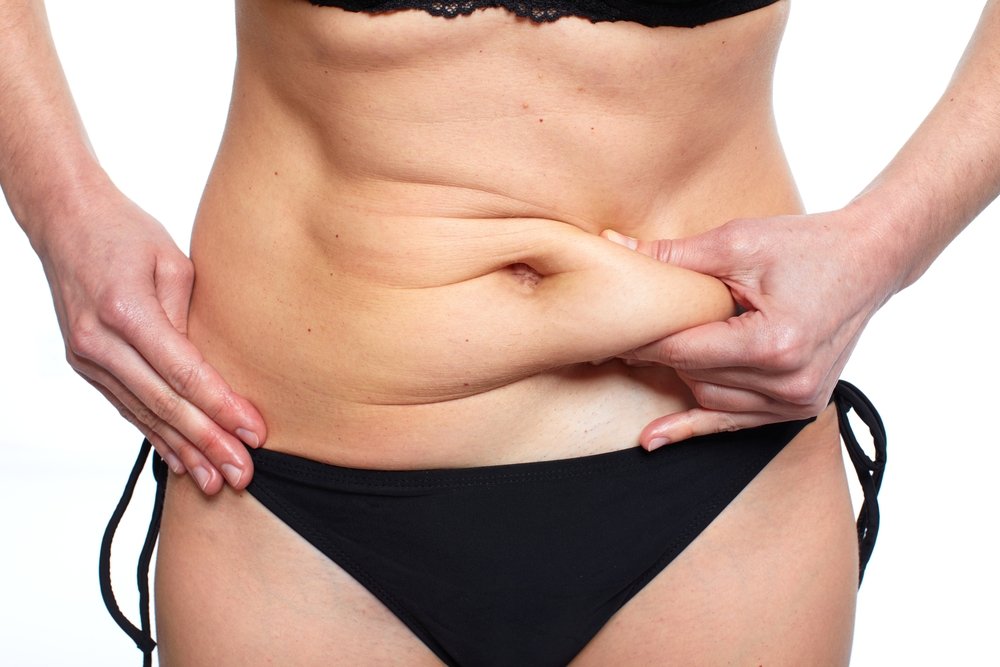
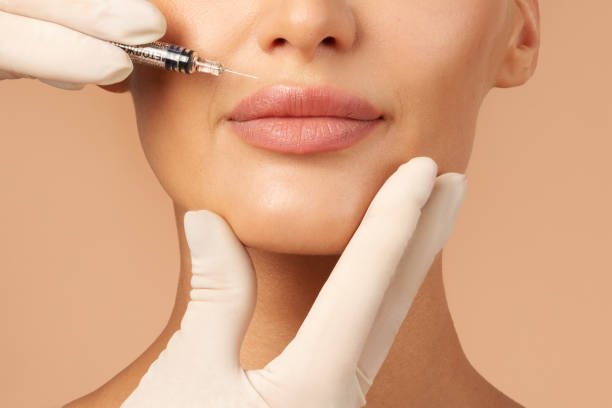
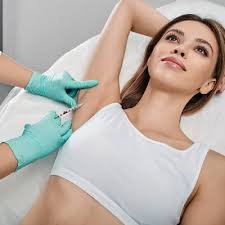
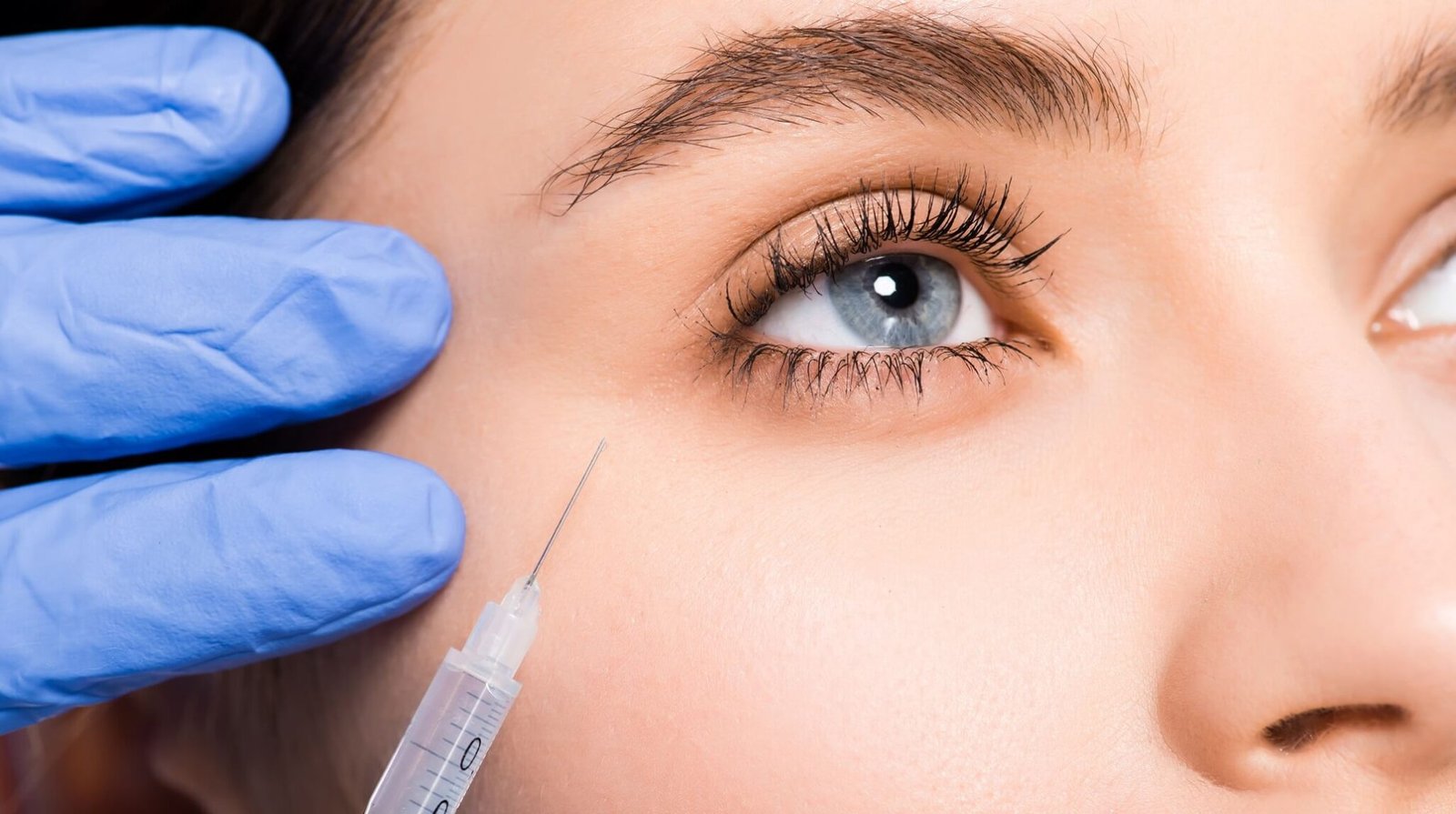
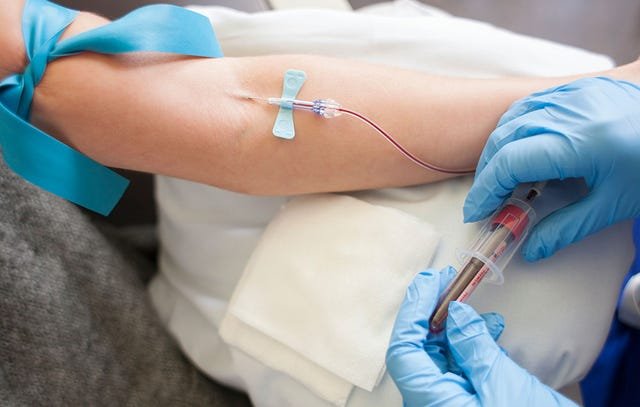
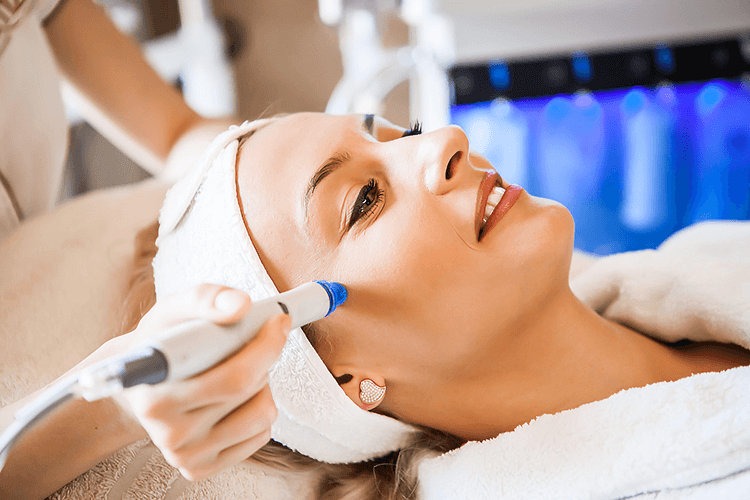
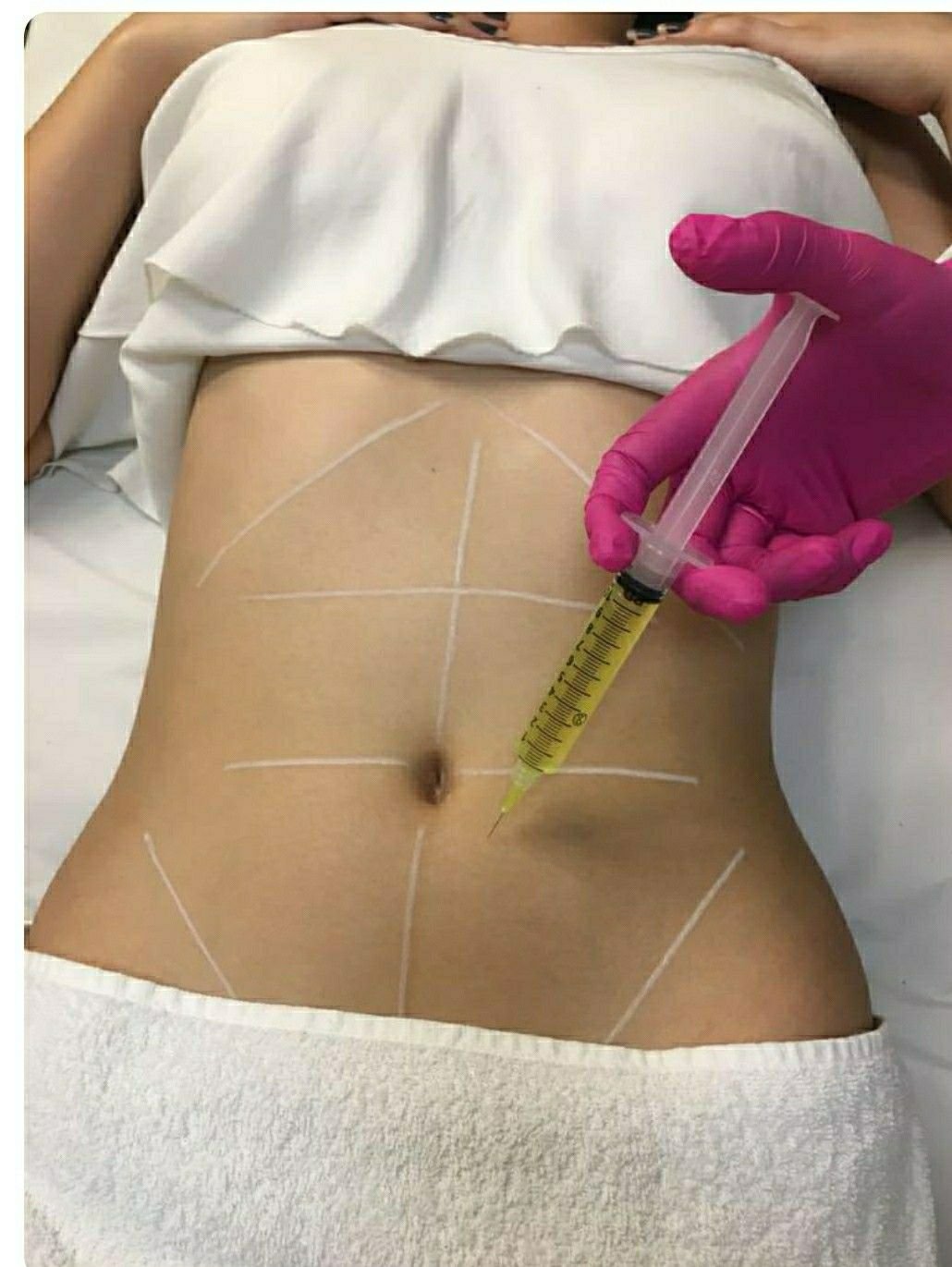
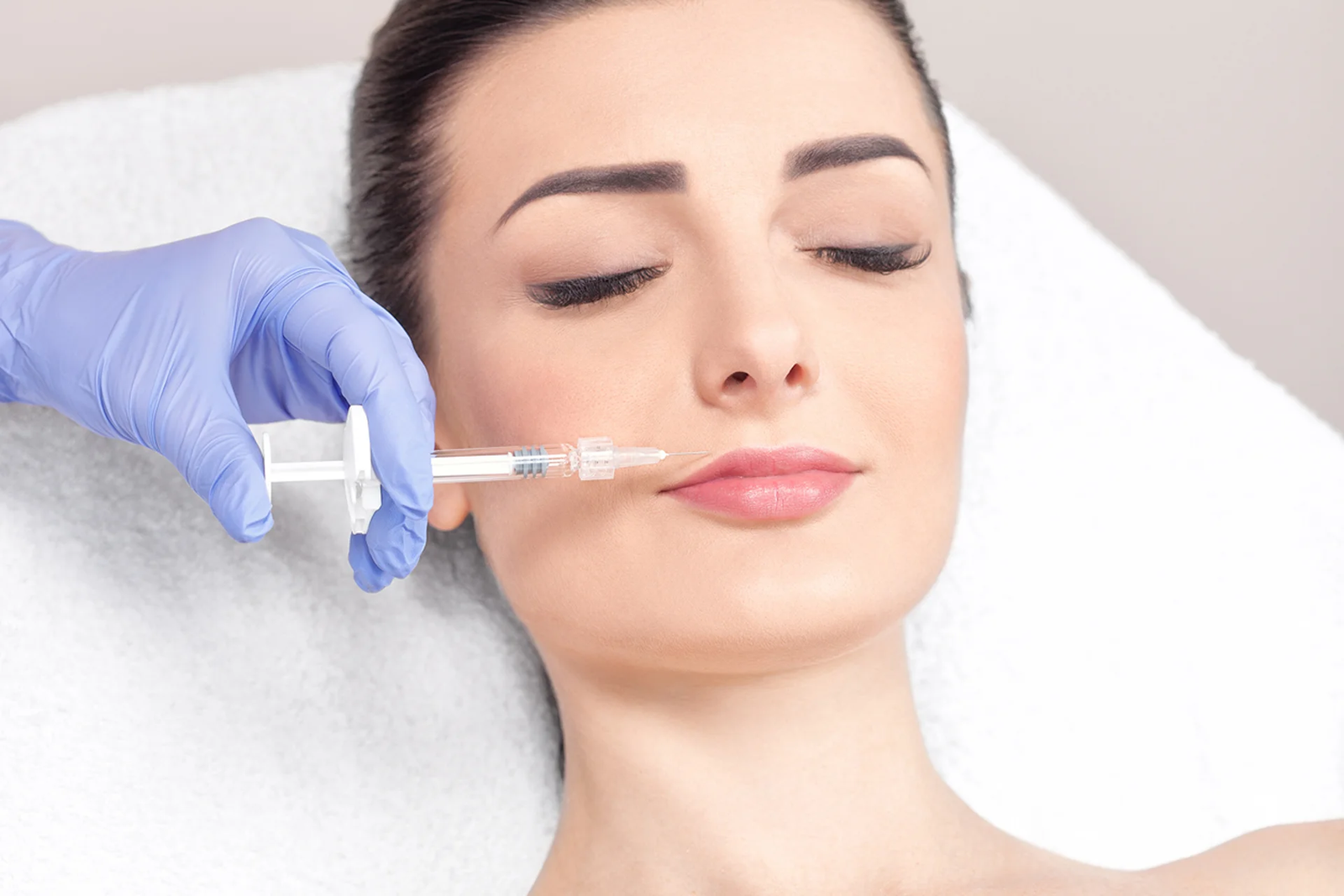
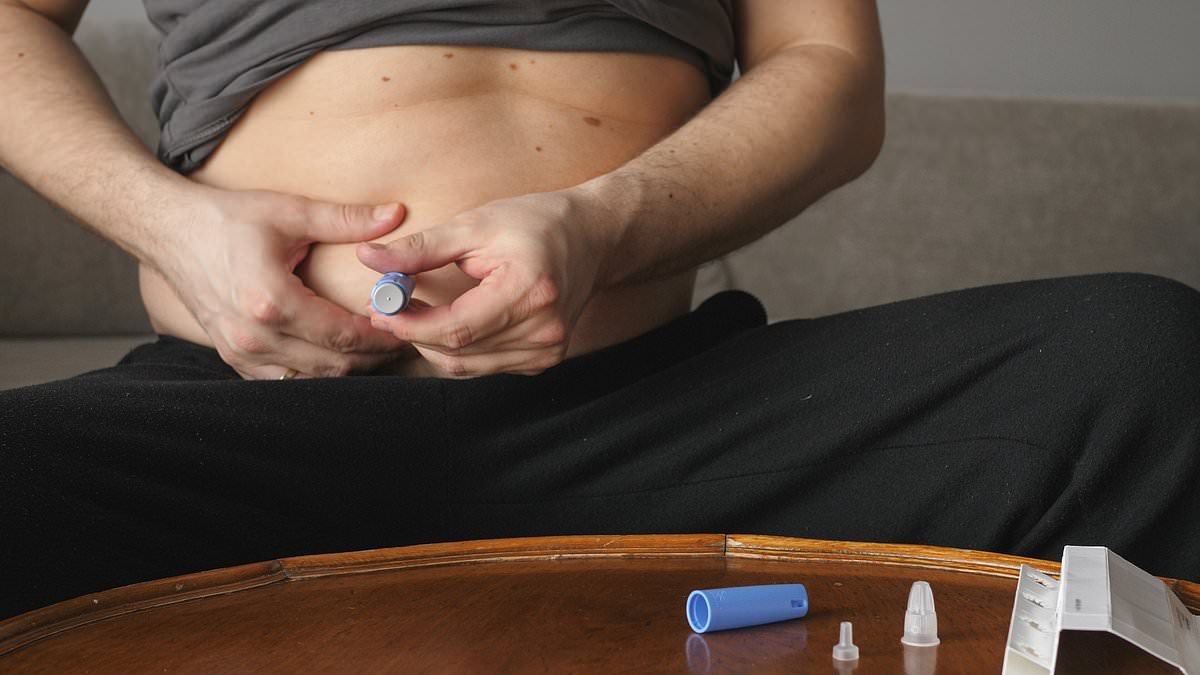
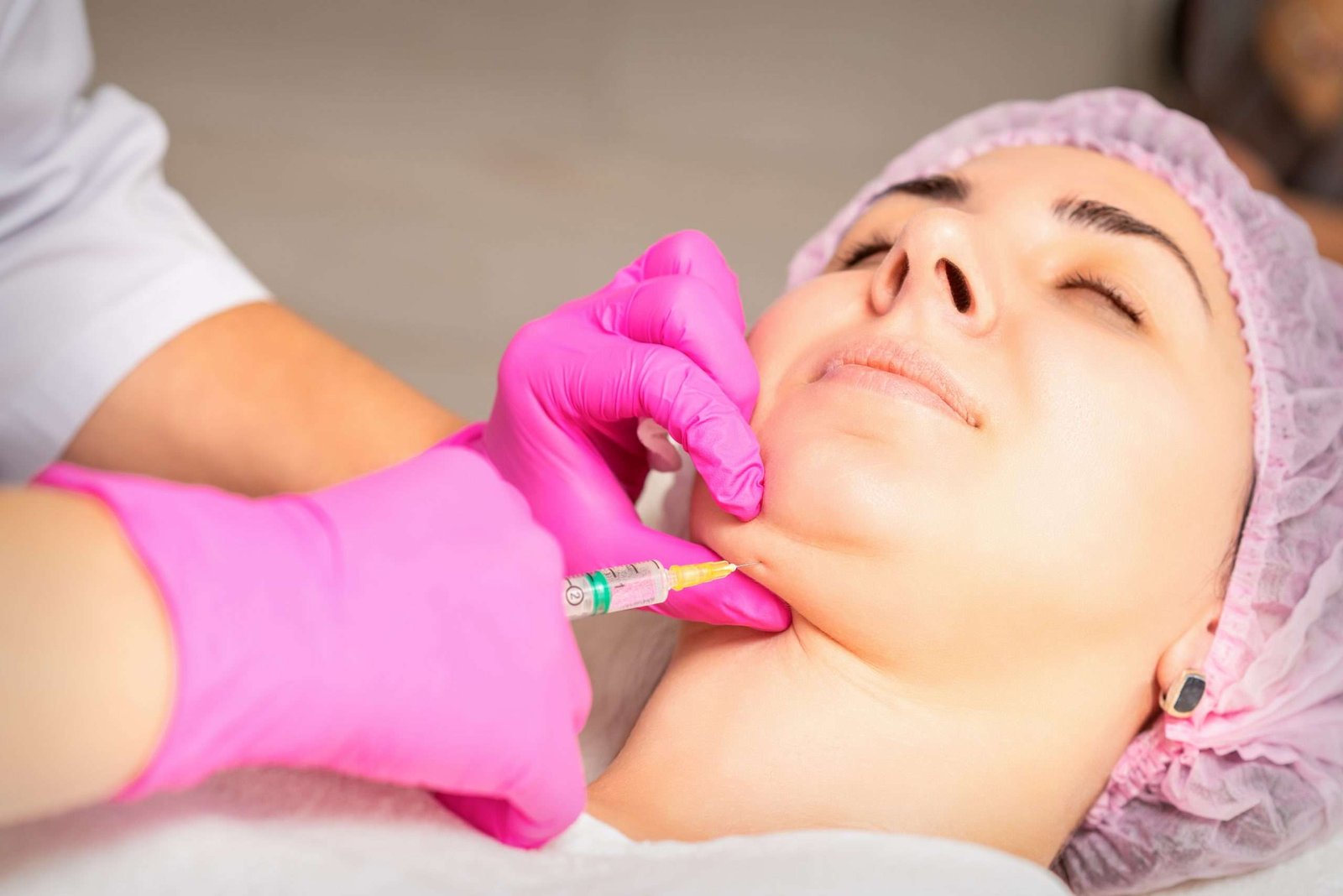




Leave a Reply